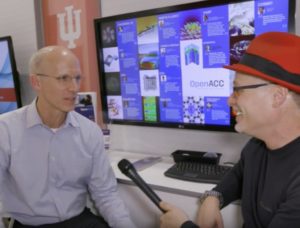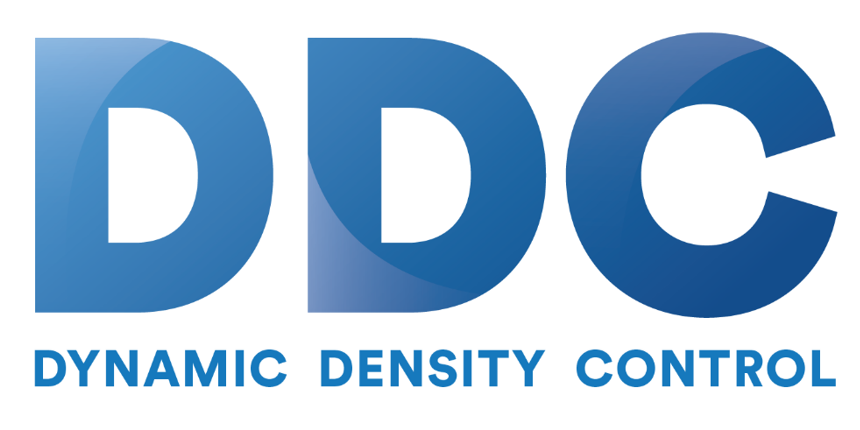 In this video SC18, Jack Wells from ORNL describes how OpenACC enables scientists to port their codes to GPUs and other HPC platforms.
In this video SC18, Jack Wells from ORNL describes how OpenACC enables scientists to port their codes to GPUs and other HPC platforms.
OpenACC, a directive-based high-level parallel programming model, has gained rapid momentum among scientific application users – the key drivers of the specification. The user-friendly programming model has facilitated acceleration of over 130 applications including CAM, ANSYS Fluent, Gaussian, VASP, Synopsys on multiple platforms and is also seen as an entry-level programming model for the top supercomputers (Top500 list) such as Summit, Sunway Taihulight, and Piz Daint. As in previous years, this BoF invites scientists, programmers, and researchers to discuss their experiences in adopting OpenACC for scientific applications, learn about the roadmaps from implementers and the latest developments in the specification.
 After that, Jack summarizes application readiness activities for the #1 Summit supercomputer at Oak Ridge National Laboratory. With over 9,000 POWER9 CPUs and 27,000 V100 GPUs, high-bandwidth data movement, and large node-local memory, Summit’s architecture is proving to be effective in advancing performance across diverse applications in traditional modeling and simulation, high-performance data analytics, and artificial intelligence. These advancements in application performance are being achieved with small increases in Summit’s electricity consumption as compared with previous supercomputers operated at Oak Ridge.
After that, Jack summarizes application readiness activities for the #1 Summit supercomputer at Oak Ridge National Laboratory. With over 9,000 POWER9 CPUs and 27,000 V100 GPUs, high-bandwidth data movement, and large node-local memory, Summit’s architecture is proving to be effective in advancing performance across diverse applications in traditional modeling and simulation, high-performance data analytics, and artificial intelligence. These advancements in application performance are being achieved with small increases in Summit’s electricity consumption as compared with previous supercomputers operated at Oak Ridge.





Can’t make any video play.
Thanks for letting us know. The Jack Wells video on OpenACC is now working.